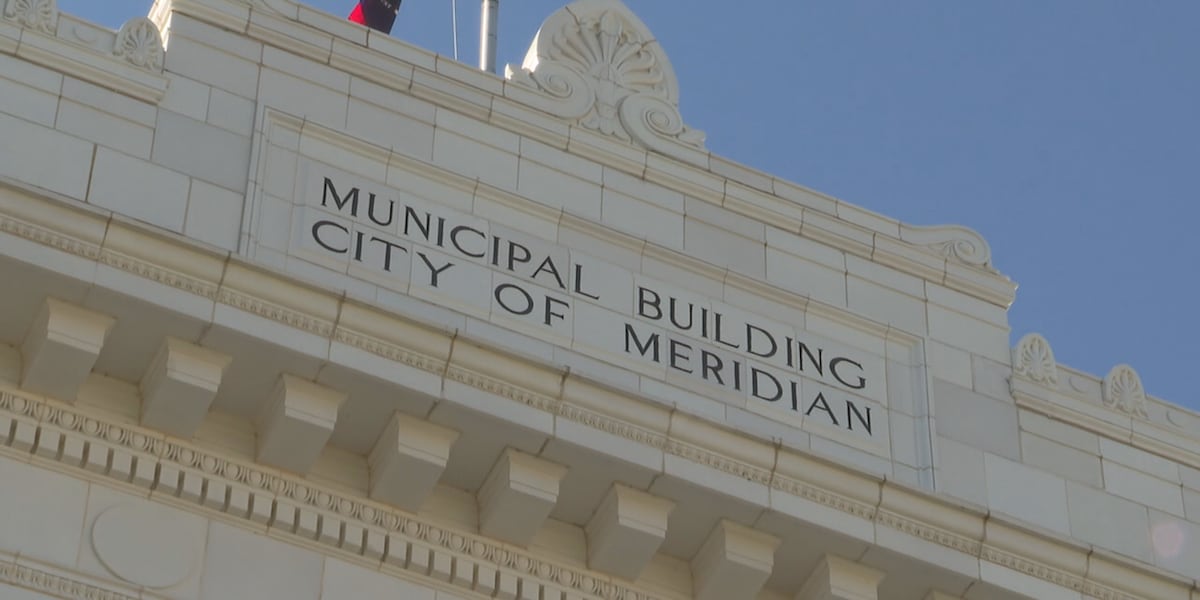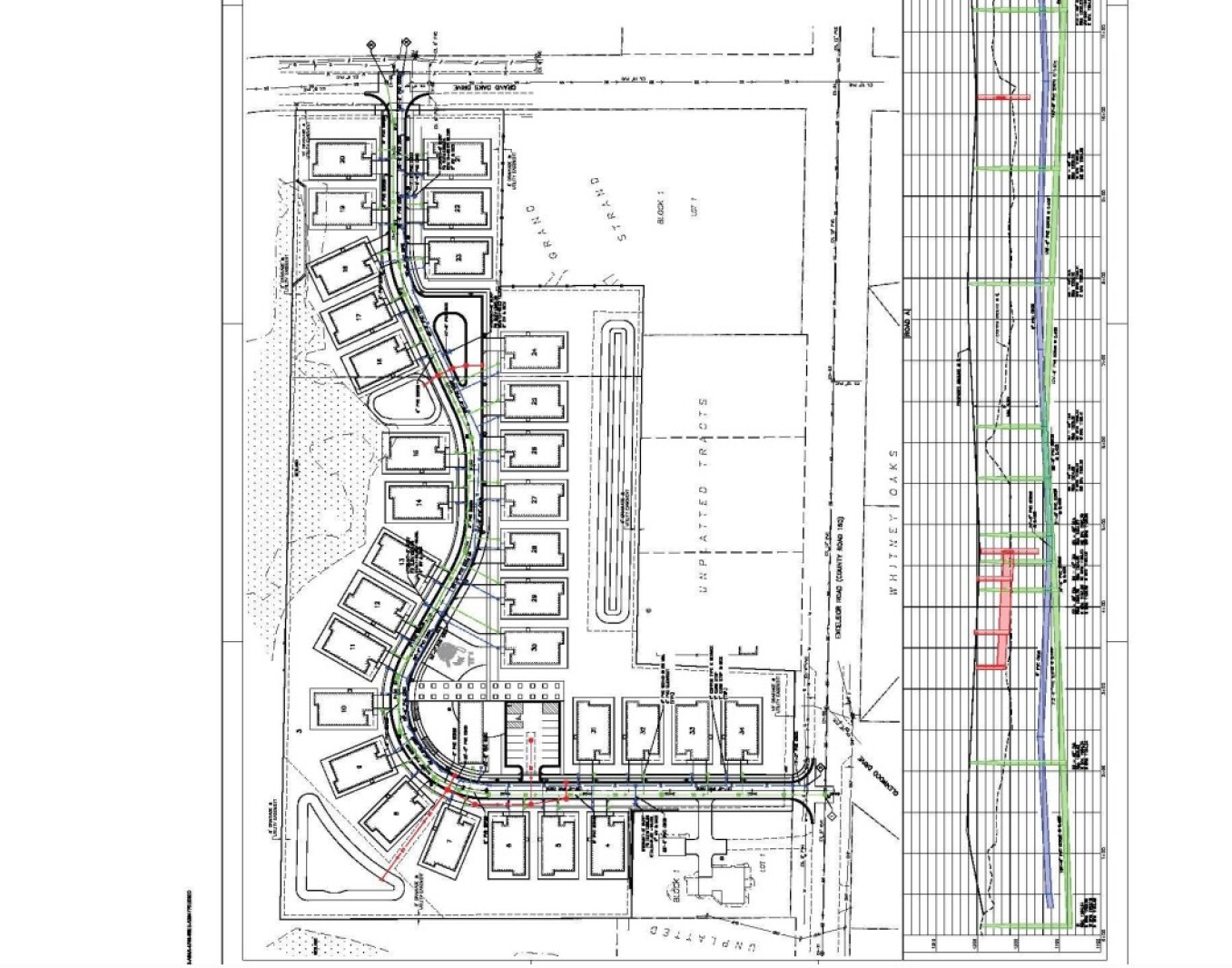Report on Water Rate Adjustments and Infrastructure Investment in Meridian, Mississippi
Executive Summary
The City of Meridian has approved a revised water rate structure to secure funding for critical sewer infrastructure upgrades. This measure is essential for compliance with a federal consent decree and aligns directly with several United Nations Sustainable Development Goals (SDGs), most notably SDG 6 (Clean Water and Sanitation) and SDG 11 (Sustainable Cities and Communities). The new rates represent a long-term strategic investment in public health, environmental protection, and resilient urban infrastructure.
Background and Regulatory Context
The decision to adjust water rates stems from a series of events related to environmental compliance and infrastructure needs:
- 2019: The city’s sewer system was found to be in violation of the federal Clean Water Act.
- Consent Decree: An agreement was signed with the U.S. Environmental Protection Agency (EPA) and the Department of Justice, mandating comprehensive repairs and upgrades to the sewer infrastructure over a 19-year period.
- Initial Funding: In 2020, an initial 9% rate increase was implemented to begin financing the required work.
- Funding Shortfall: As the project enters its sixth year, the initial funds have proven insufficient to maintain the necessary pace of progress required by the consent decree.
New Financial Structure for Sustainable Infrastructure
To ensure continued progress and long-term viability, the city has established a new five-year financial plan, effective October 2026:
- Capital Recovery Fee: A monthly fee of $13 will be added to water bills. This fee is specifically designated for capital investments in essential assets, including treatment plants and distribution pipes.
- Revised Annual Rate: The annual rate increase will be reduced to seven percent.
As stated by Public Works Director David Hodge, this strategy is vital “to fund future investments in our water and sewer system” and prevent the infrastructure failures seen in other municipalities.
Alignment with Sustainable Development Goals (SDGs)
This initiative is a clear implementation of key principles outlined in the UN Sustainable Development Goals.
- SDG 6: Clean Water and Sanitation: The core objective of the project is to improve wastewater management and protect water quality, directly addressing Target 6.3 on halving the proportion of untreated wastewater. Investing in pipes and plants ensures the sustainable management of water and sanitation for all residents.
- SDG 11: Sustainable Cities and Communities: By proactively investing in its wastewater infrastructure, Meridian is building a more resilient and sustainable city. This prevents environmental hazards and service disruptions, contributing to a safe and healthy urban environment for its citizens.
- SDG 9: Industry, Innovation and Infrastructure: The project focuses on upgrading and developing quality, reliable, and resilient infrastructure. This investment is fundamental to sustainable industrialization and economic development.
- SDG 3: Good Health and Well-being: A functioning and modern sewer system is critical for public health, preventing the spread of waterborne diseases and reducing illnesses related to environmental pollution.
Analysis of Sustainable Development Goals (SDGs) in the Article
1. Identified Sustainable Development Goals (SDGs)
- SDG 6: Clean Water and Sanitation: This is the most prominent SDG addressed. The article focuses entirely on the city’s water and sewer system, the violation of the Clean Water Act, and the financial measures being taken to fund repairs and investments in wastewater infrastructure. The goal is to ensure the proper management of water and sanitation services.
- SDG 9: Industry, Innovation and Infrastructure: The article discusses the city’s plan to invest in its physical infrastructure. The “capital recovery fee” is explicitly stated to “help pay for investments in assets like plants and pipes.” This directly relates to SDG 9’s aim to build resilient, sustainable, and reliable infrastructure.
- SDG 11: Sustainable Cities and Communities: The efforts described are fundamental to making the City of Meridian more sustainable and resilient. The Public Works Director’s comment, “We’ve all seen cities that didn’t invest in their wastewater infrastructure, and what happens. We don’t want that to happen to us,” highlights the goal of preventing urban decay and ensuring the city remains a safe and functional place to live.
2. Specific SDG Targets
- Target 6.3: By 2030, improve water quality by reducing pollution… halving the proportion of untreated wastewater. The article’s premise is a 2019 violation of the Clean Water Act by the sewer system. The subsequent consent decree and investments are direct actions to improve wastewater management and treatment, thereby reducing water pollution and increasing the proportion of safely treated wastewater to meet legal standards.
- Target 9.1: Develop quality, reliable, sustainable and resilient infrastructure… to support economic development and human well-being. The city is raising funds specifically for “investments in assets like plants and pipes.” This action is a clear example of developing and upgrading local infrastructure to ensure it is reliable and resilient, preventing the negative consequences of system failure mentioned by the Public Works Director.
- Target 11.5: By 2030, significantly reduce… direct economic losses… caused by disasters, including water-related disasters. Failure of a sewer system can be considered a man-made, water-related disaster, leading to public health crises, environmental damage, and significant economic costs. The city’s proactive investment is a measure to mitigate this risk and prevent future disasters associated with failing infrastructure.
3. Mentioned or Implied Indicators
- Financial Investment in Water and Sanitation Infrastructure: The article provides specific financial figures that serve as indicators of the city’s commitment. These include the 9% rate increase in 2020, the new $13 “capital recovery fee” starting in 2026, and the adjusted annual rate of seven percent. These figures quantify the financial resources being mobilized for infrastructure improvement.
- Implementation of a Long-Term Infrastructure Plan: The “19-year consent decree” is a direct indicator of a long-term, government-mandated plan to address infrastructure deficits. The article notes that the city is in “year six” of this plan, indicating progress within a defined strategic framework for disaster risk reduction and infrastructure resilience.
- Compliance with Wastewater Treatment Standards: While not a numerical value, the article’s central theme of addressing a “Clean Water Act” violation and adhering to a “consent decree” with the Environmental Protection Agency implies that the key performance indicator is the city’s ability to meet national environmental and water quality standards. The entire project is designed to move the city from a state of non-compliance to compliance.
Summary Table of SDGs, Targets, and Indicators
| SDGs | Targets | Indicators |
|---|---|---|
| SDG 6: Clean Water and Sanitation | 6.3: Improve water quality by reducing pollution and improving wastewater treatment. | Compliance with the Clean Water Act and the terms of the EPA consent decree. |
| SDG 9: Industry, Innovation and Infrastructure | 9.1: Develop quality, reliable, sustainable and resilient infrastructure. | Financial investment in infrastructure, quantified by the $13 capital recovery fee and adjusted water rates. |
| SDG 11: Sustainable Cities and Communities | 11.5: Reduce the impact of water-related disasters by investing in protective infrastructure. | Implementation of a long-term resilience strategy, indicated by the 19-year duration of the consent decree. |
Source: wtok.com







